
TL;DR (Quick-Answer Box)
- What it is: A perfect morning bun with flaky, croissant-like dough and a buttery filling of cinnamon and orange. It’s a stunning, bakery-worthy treat.
- Why you’ll love it: This is a special, impressive breakfast that can be prepped the night before. Its incredible flavor and texture are totally worth the effort.
- How to make it: Make an easy laminated croissant dough, spread with orange-cinnamon sugar, roll it up, cut into pieces, let rise, and bake in a muffin tin until golden. Good morning!

Jump To
Don’t overmix the dough when combining ingredients; this can result in a tough, chewy texture. Make sure the European butter and flour mixture is pliable but not melting; it should have the texture of cream cheese and should spread easily. If you forget about the dough in the freezer, let it sit at room temperature for a while until it can be rolled out easily. The laminating process will help strengthen your dough. For the best flavor, let the buns rise overnight in the refrigerator.—Sarah Kieffer
Featured Review
Chef David is the best! Not only is this recipe amazing (even when using plant butter), but he helped fix the problem I was having with seeing the recipe and steps! Thank you so much, Chef! I’d give you ten stars if I could!
Jean Bartels
⭐️⭐️⭐️⭐️⭐️⭐️⭐️⭐️⭐️⭐️
Your Morning Buns Questions, Answered
How about a version that makes these into mini-panettones? Add 1 tablespoon of lemon zest to the filling, along with 1 cup [170 g] of mixed dried and/or candied fruit: cranberries, candied orange peels, golden raisins, dried pineapple, dried apricots, and dried cherries are all good options.
Prepare the buns (roll the dough, fill them, roll them up, cut them, and place them in the prepared pan), but don’t let them rise for 2 hours as stated in the main recipe. Instead, cover them loosely with plastic and refrigerate for at least 8 hours and up to 18 hours. When ready to bake, preheat the oven and let the buns sit at room temperature (still covered in plastic wrap) until puffy, 1 1/2 to 2 hours. Bake as directed.

Want to save this?
More Amazing Breakfast Recipes
Banana Bread by Cook’s Illustrated
1 hr 30 mins
Easy Rhubarb Jam
2 hrs
Monkey Bread from Zoë François
7 hrs 5 mins
Now that your kitchen smells like a bakery, let’s keep things going! This time-tested, award-winning banana bread recipe from Cook’s Illustrated will have everyone’s jaws flapping (eating and asking for the recipe). And what is a perfect pastry without a little something to dollop on top? This outrageously easy, sweet-tart rhubarb jam is just the thing to make your weekend brunch legendary. Now, if you have a few more hours, you must—must, I say—to whip up this sweet and gooey monkey bread. Or perhaps your crew wants something rich and chocolatey? In that case, this recipe for chocolate-chocolate-chip muffins is pure happiness!
Write a Review
If you make this recipe, or any dish on LC, consider leaving a review, a star rating, and your best photo in the comments below. I love hearing from you.–David
Featured Review
My partner went to Costco to find some morning buns, but couldn’t find them. So I took it upon myself to make buns for him. This was my First time making morning buns! Instructions were easy to follow and straight forward; I have to admit, the hardest part was the folding, but I managed and the buns came out looking good!…Overall ,super great and delicious recipe!
Karina

Morning Buns
Ingredients
For the croissant dough
- Butter, for greasing
- 1 1/2 cups warm water (100°F to 110°F or 35°C to 45°C)
- 4 teaspoons active dry yeast
- 4 cups all-purpose flour, plus more for dusting
- 1/4 cup plus 1 tablespoon granulated sugar
- 2 teaspoons table salt
- 2 tablespoons (1 oz) unsalted butter, melted
For laminating the dough
- 3 sticks (12 ounces) unsalted butter, plus more for the bowl, at room temperature
- 1 tablespoon all-purpose flour
For the morning buns
- 1 cup granulated sugar, plus more for coating the muffin pan
- 2 tablespoons orange zest, preferably organic
- 1 tablespoon ground cinnamon
- pinch of salt
- All-purpose flour, for dusting
- 3 tablespoons (1 1/2 ounces) unsalted butter, melted, plus more for greasing the muffin pan and spatula
Instructions
Make the croissant dough
- Butter a large bowl. In a small bowl or liquid measuring cup, stir together the 1 1/2 cups warm water (100°F to 110°F or 35°C to 45°C) and the 4 teaspoons active dry yeast and let sit until dissolved, about 5 minutes.
- In the bowl of a stand mixer fitted with the hook, mix together the 4 cups all-purpose flour, 1/4 cup plus 1 tablespoon granulated sugar, and 2 teaspoons table salt. Start the mixer on low speed and add the water yeast mixture, followed by the melted 2 tablespoons (1 oz) unsalted butter.
- Continue to mix until all the ingredients are combined, 3 to 4 minutes. The dough will be rough and bumpy but should be in one piece. Move the dough to the large, greased bowl and cover with plastic wrap. Let the dough rise at room temperature until doubled in size, 1 1/2 to 2 hours.
- Gently press down on the dough, releasing as much gas as possible. Place the dough on a large piece of plastic wrap and shape it into a 10-by-12 inch (25-by-30.5 cm) rectangle. Cover the dough with more plastic wrap, place it on a sheet pan, and move it to the refrigerator for at least 2 hours and up to overnight.
Prepare the butter for laminating
- In the bowl of a stand mixer fitted with a paddle, beat the 3 sticks (12 ounces) unsalted butter and the 1 tablespoon all-purpose flour together until creamy and combined, 2 to 3 minutes.
- Laminate and fold the dough
- Remove the dough from the refrigerator, unwrap it from the plastic, and place it on a lightly floured work surface. Roll the dough into a 12-by-20 inch (30.5-by-50 cm) rectangle. Spread the butter-flour mixture evenly over the entire rectangle, leaving a 1/2 in (12 mm) border around the rectangle.
- Make the first turn, or letter fold: Starting with a short side facing you, fold one-third of the dough onto itself, making sure the edges are lined up with each other. Then fold the remaining one-third of the dough on top of the side that has already been folded. Rotate the dough so the seam is facing to the right and one open end is facing you. Gently roll the dough into a 10-by-18 inch (25-by-46 cm) rectangle. (Each time you roll, the rectangle will get a bit smaller.)
- Repeat the letter fold. Sprinkle flour on a sheet pan or plate, place the dough on it, and freeze the dough for 6 minutes—set a timer so you don’t forget (this helps cool the dough slightly and makes the last turn less messy).
- Remove the dough from the freezer and repeat the letter fold again, making sure the seam is facing to the right. Roll the dough again into a rectangle, about 8-by-16 inches (20-by-40.5 cm). Repeat the steps for one letter fold. Gently compress the dough with the rolling pin.
- If using the dough immediately, place it in the freezer for 6 minutes to chill, then proceed with the recipe. Otherwise, wrap the dough in plastic wrap, place it in a freezer-safe bag, and freeze for up to 2 weeks. The dough can be removed from the freezer the night before using and placed in the refrigerator to thaw.
Shape the morning buns
- Generously butter the insides and top of a twelve-cup standard muffin pan and coat each muffin cup well with granulated sugar, tapping out any excess.
- In a small bowl, mix together 1/2 cup (100 g) of the sugar, the 2 tablespoons orange zest, 1 tablespoon ground cinnamon, and pinch of salt.
- Generously flour your work surface and roll out the croissant dough into a 10-by-24 inch (25-by-60 cm) rectangle. Brush the dough with the melted 3 tablespoons (1 1/2 ounces) unsalted butter, then sprinkle the sugar mixture evenly over the dough, gently pressing it into the butter to adhere.
- Starting at a long side, roll up the dough into a tight cylinder and position the dough seam-side down. Cut the dough into twelve equal pieces, each measuring about 2 inches (5 cm) wide.
- Place the pieces in the prepared muffin pan and place them cut-side down. Cover the pan loosely with plastic wrap and let the dough rise until doubled in size and puffy (it should act similarly to a marshmallow when pressed), 2 to 2 1/2 hours.
Bake the buns
- Crank the oven to 400ºF (200ºC).
- Remove the plastic wrap and gently press down on the top of each bun with a lightly greased spatula. Place a sheet pan on a lower oven rack (this will help catch any drips); do not place the sheet pan directly under the muffin pan on the same rack or it will interfere with baking. Bake the buns for 15 minutes, then carefully press down on the tops of the buns again with a spatula. Rotate the pan and continue baking until the buns are golden brown, about 20 minutes more.
Coat the buns
- While the buns are baking, fill a pie plate or bowl with the remaining 1/2 cup (100 g) of granulated sugar. Remove the pan from the oven and immediately flip the hot buns onto a sheet pan lined with parchment paper. Using tongs, pick up one bun at a time and evenly coat it in the bowl of sugar. Repeat with the remaining buns, placing them on a wire rack to cool. Morning buns are best eaten the same day they are made.
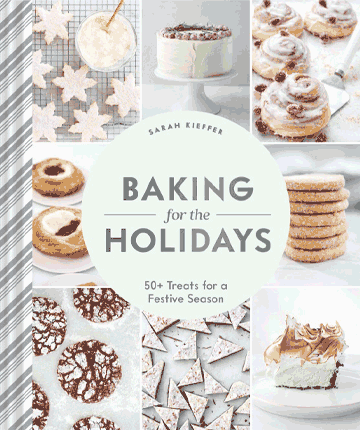
Explore More with AI
Nutrition
Nutrition information is automatically calculated, so should only be used as an approximation.
Recipe Testers’ Reviews
Morning buns, midday buns, dinner buns, dessert buns, can’t-sleep-in-the-middle-of-the-night buns, mend-a-broken-heart buns…whatever, these are anytime buns.
However, these aren’t the buns that you can whip up on a whim. Get into these buns on a day where you’re hanging out at home, tinkering around the house with the ability to take breaks here and there to work some dough. This is not a labor-intensive recipe, just one that takes some steps and some time to evolve into those buttery layers of sticky merriment. But that moment in the end where you flip the hot bun babies out, roll them in sugar, and take your first bite makes time stand still, it will all be worth it. They are gooey on the inside and flaky throughout. It’s like eating a hug.
My only note for, not necessarily improvement but a variation, would be to omit the orange zest if you have some citrus haters in your house. The buns would still be perfection without it. Or maybe play with some softened chocolate hazelnut spread in the buttery spread of your croissant dough, I didn’t test that but I want to.
Also, they reheat really well. Leave them out after baking, cover when cooled, then just reheat in the microwave for 20 to 30 seconds to get that just-baked feeling all over again. And my last thought, if you happen to have some leftovers several days after baking, I’d chop them up, douse with almond milk, and bake them off for a delightful bread pudding type dish…with any add-ins of your choice!
This is a monster recipe. However, working the recipe to reach the freezing stage could help make it palatable for a special occasion or weekend guests. The texture was flaky and croissant-like, with a hint of orange at the base of the muffin. Sprinkled with caster sugar at the end of baking, this bun was just right for a brunch or a special holiday breakfast.
The first 15 minutes bake yielded a gorgeous brown color. Big beautiful, puffy buns. Because of the height of the dough, I suspected that the centers would need more time. An additional 8 minutes after rotating the pan produced a gooey, but cooked center, and a more browned top.
These morning buns would not be out of place in my favorite local cafe or bakery. They were so delicious, and my partner and I were extolling their merits for days after I made them. Crispy and flaky on the top with a nice soft, yet caramelized bottom section, these pastries were just delightful.
I have never made any type of croissant dough, but I found this overall to be much less intimidating than I thought it would be. I made the dough about a week before I made the buns and just froze it, thawing it the night before I wanted to make the actual recipe. This was a surprisingly easy, though time-consuming recipe. Still, I think that I will make these again when guests come to town so that we can all marvel at their orange-scented cinnamon sugar goodness. We reheated these on the second day at 375°F for about 8 minutes—the tops re-crisped and everything warmed through—delicious.


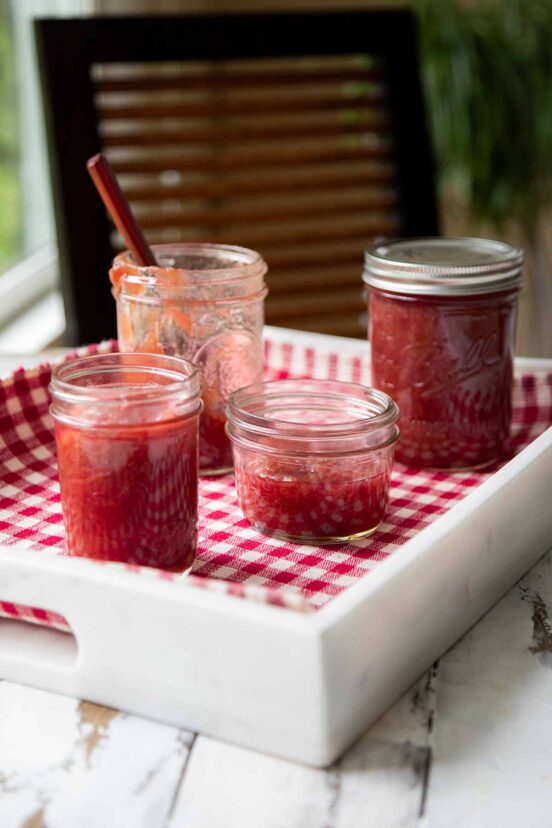
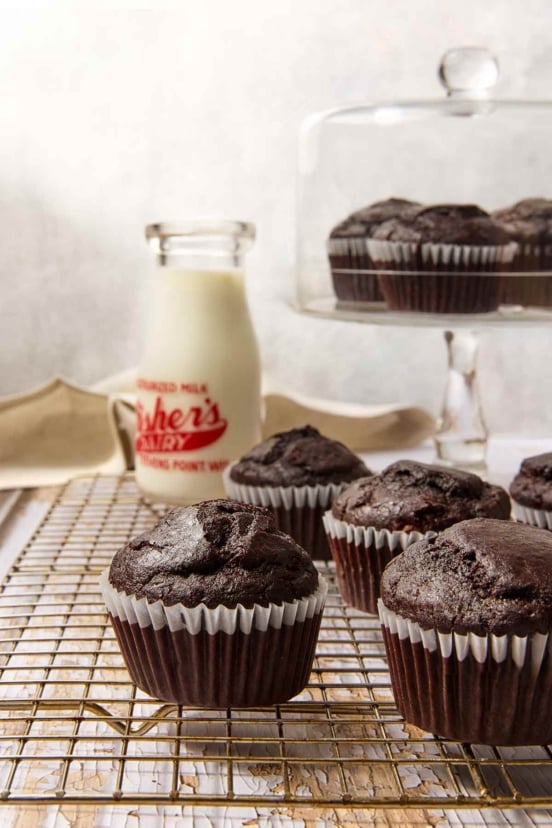
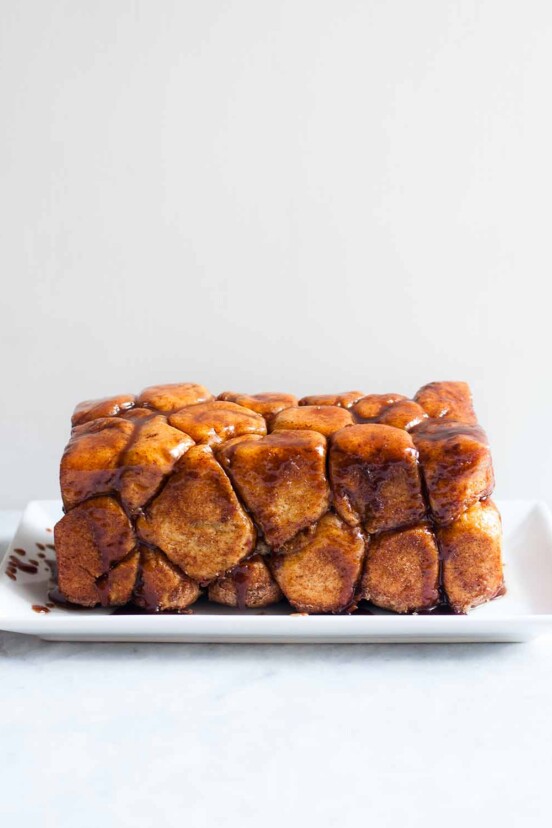
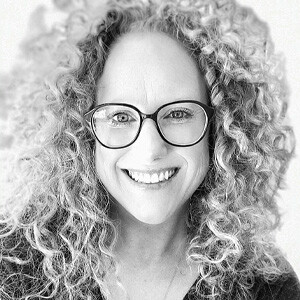
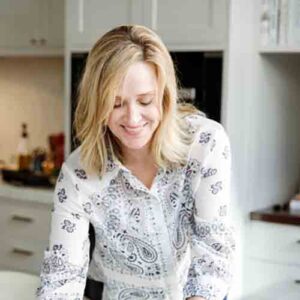










First try turned out okay, but I found that my muffin pan was too small for these buns. Will need to make them smaller next time. They are missing a flavor that our local bakery has in theirs, but not sure what it is. Vanilla perhaps. I made the recipe using plant butter, which worked just fine.
Jean, I’m delighted that you enjoyed these! But I’m concerned about the ad situation. Ads aren’t supposed to block or cover the instructions. They’re meant to appear in between steps. Can you tell me what browser you were using and what device (desktop, tablet, or phone), and I’ll check into it? Thanks.
Chrome is the browser and I use my iPad for following recipes.
Thanks, Jean. Is it still happening?
So, I’m making them again today and the problem persists. The ads take over the recipe, blocking most of it until you scroll past it and then back up, and down again. Then to jump down to instructions, just to have the same problem. It really is very annoying. I have screenshots but they aren’t jpg. I’ll try to convert and send…or if you have an email I can send them to, reach out.
Good morning, Jean. I’ve written to tech support, and I’ve CCed you on the email so that you can be kept in the loop. Thank you so much for bringing this to my attention.
Chef David is the best! Not only is this recipe amazing (even when using plant butter), but he helped fix the problem I was having with seeing the recipe and steps! Thank you so much, Chef! I’d give you ten stars if I could! ⭐️⭐️⭐️⭐️⭐️⭐️⭐️⭐️⭐️⭐️
Jean, I’m thrilled the recipe worked using the plant butter, and, most of all, I’m relieved we got the viewability issue sorted out!
Had my first morning bun at a coffee shop in Montana and had to try to remake them myself. They are delicious with a cup of coffee!
Daniella, that’s so great to hear! And, I believe this is your first time commenting, so…welcome!